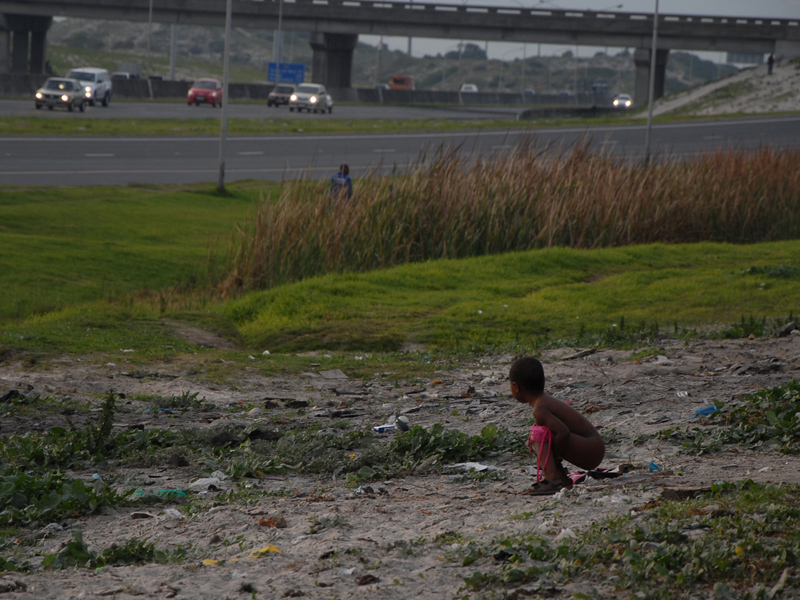Conclusion: COP27 and looking forward
This thread of blog posts has explored politics of water in Africa including: water wars, River Nile management, sanitation, and community-based management.
Unfortunately, in the recent COP27 (figure 2), headway in adaption was insufficient with limited progress towards the COP26 commitment of doubling the 2019 adaption finance figure by 2025. Furthermore, there was limited success in agreements surrounding emission reductions despite an observable gap between what was agreed and what is required (RMI, 2022). Encouragingly, the African Cities Water Adaption Fund was established. This allows African policymakers to access funding and support to use for water-related issues. Specifically, the ACWA offers over $500million cumulatively in grants and direct investments, with an additional $5billion to help establish water resilience in Africa by 2032 (Alayza et al., 2022). Yet, despite this, much more needs to be done. Given the disproportionate impact of climate change in Africa despite only producing 2-3% of global emissions, it is incumbent on global leaders to mitigate climate change and address structural inequalities resultant of global emissions (Collier et al., 2008).
On reflection, the wide variety of talking points has allowed for an expansive analysis on this subject.
Furthermore, exploring specific case studies avoided tact generalisations commmon-place when speaking about Africa (Binyavanga Wainaina, 2005).
Conflict has been a recurring theme throughout. However, given the water scarcity, variability, increased demands and colonial imprints, this is hardly surprising and supports my initial assumptions of the blog's direction.
Lastly, throughout these discussions, climate change emerges as the critical factor underpinning the future of water discourse in Africa. Despite uncertainty predicting exact rainfall and river discharge impacts, predictions entail fewer light precipitation events and more frequent heavy precipitation in the tropics as seen in figure 1 (Myhre et al., 2019). The result will likely be increased flood risk, persistent droughts and increased variability of river discharge. As water reliability diminishes and demand increases, the water-related tensions outlined will increase. However, climate change requires a global solution.
 |
| Figure 1: The future of precipitation events (Source: Myhre et al., 2019) |
 |
| Figure 2: Cop27 held in Egypt in November 2022 (Source: Reuters) |
I hope you have enjoyed reading this blog, don't hesitate to leave your thoughts below.


Comments
Post a Comment